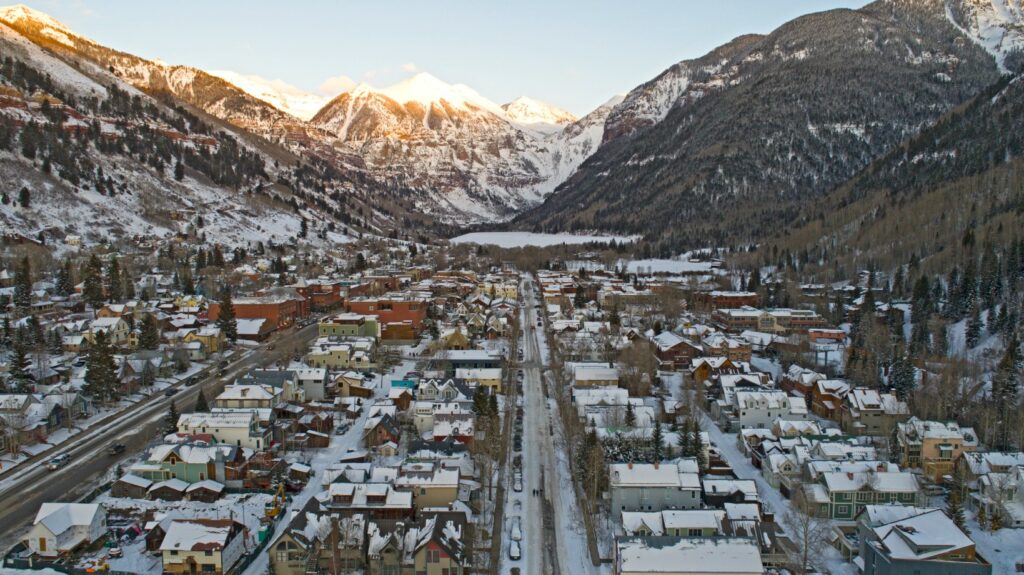
Heavy Rain, Flooding, and Chance of Severe Weather Staring Down the Southern U.S.
January 22, 2024
Posted: February 13, 2023 1:48 pm





Over 40 million Americans will be at risk of severe weather throughout the south-central U.S. this week as two separate storm systems are forecast to bring a host of inclement weather impacts. Most worrisome to weather experts will be the threat of tornadoes in a part of the country that has been no stranger to severe weather this winter.
The first of the pair of storms will fire up on Monday and Tuesday, moving from the southern portion of Colorado up through northern Michigan. A small zone of snow will form to the north and the west of the storm track, bringing the chance of wintry weather to start the week. However, the biggest impacts of this first storm will be the rain and severe weather predicted for north-central Texas and into eastern Oklahoma after the sun goes down on Monday. Cities in this potential impact zone include Dallas, Oklahoma City, and Tulsa.
By Tuesday, the threat of the stormy conditions will move to the east. This will translate to cities such as Little Rock and Shreveport under the gun for severe weather. The primary concerns for this line of storms will be heavy rain, flash flooding, and damaging wind gusts. Because some of these storms may ignite under the cover of darkness, it is particularly important that those in the impacted area enable all smartphone notifications.
The second storm is expected to pack more of a punch as it moves from the northwestern corner of Texas all the way into northern Michigan on Wednesday and Thursday. This weather maker will pick up its energy from the leftover warm and moist air coming from the Gulf of Mexico that the first system brought up. This setup could provide the necessary fuel for stronger storms to take form as the energy from a potent jet stream moves across the central portion of the U.S.
The warmer than average temperatures ahead of the second storm will translate to activity that behaves more like a typical spring weather event than what you would expect to see in the winter. In addition, the severe storm line may expand farther to the north than is typical in February, bringing the impacts to areas as far as Indiana, Ohio, and Pennsylvania.
This second storm system will bring a number of impacts, including hail, flash flooding, strong winds, and tornadoes. The middle of the week will bring the highest chance of tornadic activity in this part of the country.
You can expect the severe storms to start during the middle of the day Wednesday in northeastern Texas through southern Missouri. The storm cells will move to the east into Mississippi and Tennessee during the course of the evening. This will once again put the cities of Shreveport and Little Rock in the danger zone.
The threat of thunderstorms and twisters will move farther east on Thursday, impacting Mississippi, Tennessee, and Alabama. The probable area of impact will stretch nearly 1,000 miles from the middle of the Gulf Coast up into the lower Great Lakes. Many of these communities have already seen an unusually high amount of severe weather events this winter.
Even if you do not live in the forecasted zone of impact, you may be affected by the weather if you are traveling by air this week. Many of the country’s biggest airline hubs may be dealing with ground stops throughout the week. This includes airports in Dallas, St. Louis, Memphis, and Atlanta. Motorists may also see dicey travel conditions along some parts of highways 20, 30, 40, 49, 55 and 65.

The second storm of the week will also bring more snow along the northern side of the system. Up to 18 inches of snow is possible in the hardest hit areas stretching from Colorado into Michigan. Cities that may see snow from this system on Wednesday and Thursday include Denver, Omaha, Des Moines, Minneapolis, and Green Bay.
The good news is that this weather system will move into Canada by Friday, bringing along the associated jet stream energy. This fast movement will reduce the risk of severe weather to end the week. In addition, a mass of colder air will move into the central U.S. by Friday, bringing the odds of severe weather down.
Did you find this content useful? Feel free to bookmark or to post to your timeline for reference later.

January 21, 2024

January 19, 2024

January 18, 2024